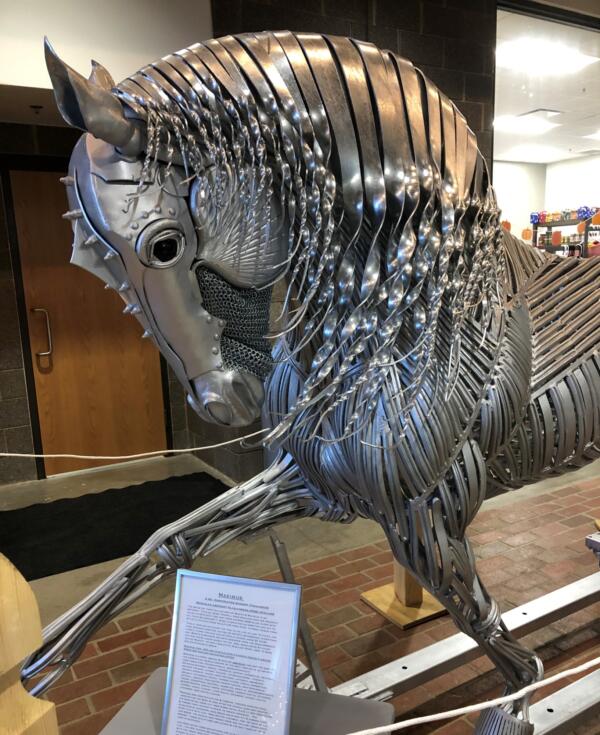Facts About HDG

- Using zinc to protect steel from corrosion (hot-dip galvanizing) is a 150-year-old practice!
- Corrosion is caused by the inherent tendency of metals, when subjected to air and moisture, to revert to their original earthly forms, of ore. They do this through a chemical or electrochemical reaction with the environment.
- Galvanizer's kettles are set at temperatures ranging between 815 F and 850 F (435 C to 454 C).
- A galvanizer knows a piece of steel should be immersed for a specific amount of time in order for the metallurgical reaction between zinc and iron to reach completion. The completion of the metallurgical reaction is observed when bubbling of the molten zinc in the kettle stops. At this point, the galvanizing is complete and the steel is removed from the kettle to cool.
- Galvanizers can hot-dip galvanize a piece of steel that is larger than the kettle dimensions; through a process called progressive dipping.
- Zinc seals the underlying steel from contact with its environment. If the steel is exposed to the elements due to mechanical damage, the surrounding zinc corrodes sacrificially, protecting the underlying steel from corrosive attack.
- The zinc coating on galvanized steel is uniform: inside, outside, corners and edges.
- The hot-dip galvanized reinforcing steel bond with concrete is at least as great as the bond of bare steel to concrete.
- When the Brooklyn Bridge was built, over 14,500 miles of hot-dip galvanized wire was used for its four main cables. Over 100 years later when the bridge underwent massive rehabilitation, the hot-dip galvanized wire was in excellent condition. Hot-dip galvanized steel lasts longer today than it did 20 years ago. Because of environmental laws, our air is cleaner and less contaminated with corrosive emissions.
- Corrosion costs the US $659 billion annually, approximately 3.4% of the gross domestic product. Indirect costs to the public could raise the percentage as much as 5-11 percent. Some indirect costs of corrosion are lost productivity due to traffic delays, accidents caused by corroded hand and guardrails, excessive use of natures raw materials and energy to replace corroded steel.
- Based on a study by NACE International (The Corrosion Society), members of Congress, and the Department of Transportation (DOT), implementing corrosion prevention best practices could result in a global savings of 15-35% of the cost of damage, or between $375-875 billion USD.
